
Introduction
Today, March 5th, 2025, the AMD Radeon RX 9070 XT and AMD Radeon RX 9070 GPUs are launching, and video cards based on these new GPUs will be available March 6th, 2025. In this review, we will take a look at the XFX Quicksilver AMD Radeon RX 9070 XT Magnetic Air Edition video card. This video card sports the new Radeon RX 9070 XT flagship GPU at a stock reference AMD clock, with custom cooling and a unique Magnetic Fan feature from XFX in a custom design. The XFX Quicksilver AMD Radeon RX 9070XT Magnetic Air Edition video card model RX-97TMAQKB9 will have an MSRP of $709.99 and an estimated shelf price after tariff of $779.99.
If you haven’t heard about AMD’s latest generation of GPUs launching now, where have you been? Under a rock? AMD pre-announced the RDNA 4 powered Radeon RX 9070 XT and Radeon RX 9070 XT at CES 2025. Then, on February 28th, 2025, AMD officially officially announced the RDNA 4 architecture and the new Radeon RX 9070 XT and Radeon RX 9070 XT GPUs, as well as new features like FSR 4. Check out our announcement article, where we detailed every single presentation slide and showed everything from the press deck, with all the information that AMD is announcing. All of the video card specs are in that article, so we won’t spend too much time here in regards to the architecture.
Just as a quick brief on the AMD Radeon RX 9070 XT, the Radeon RX 9070 XT is AMD’s flagship GPU this generation with an MSRP of $599. The AMD Radeon RX 9070 XT has 64 CUs, 64 hardware RT accelerators, 128 hardware AI accelerators, with 1557 peak TOPS, clocked at a boost clock of 2.97GHz with 16GB of GDDR6 with a total board power of 304W.
XFX Radeon RX 9000 Series Models
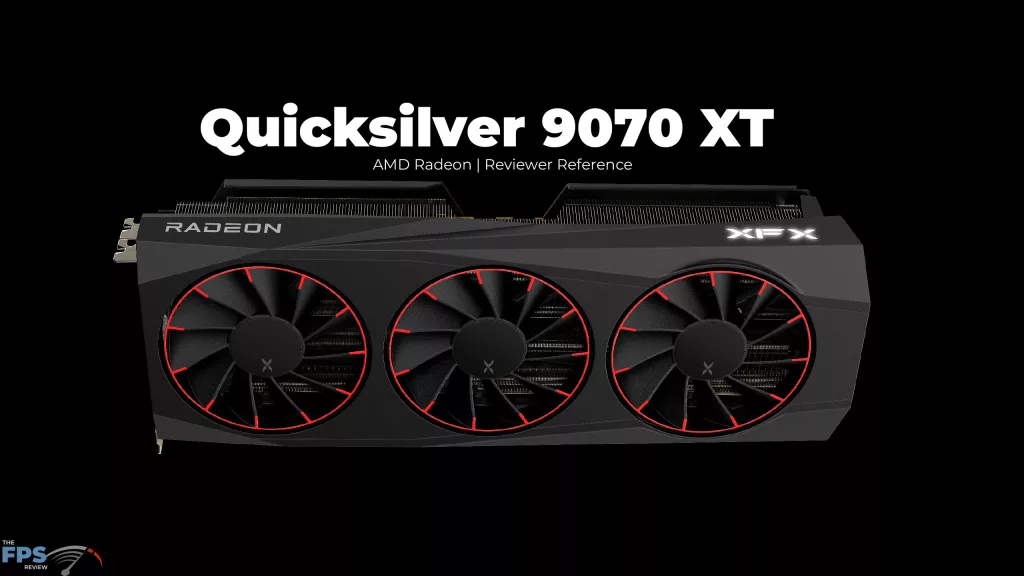
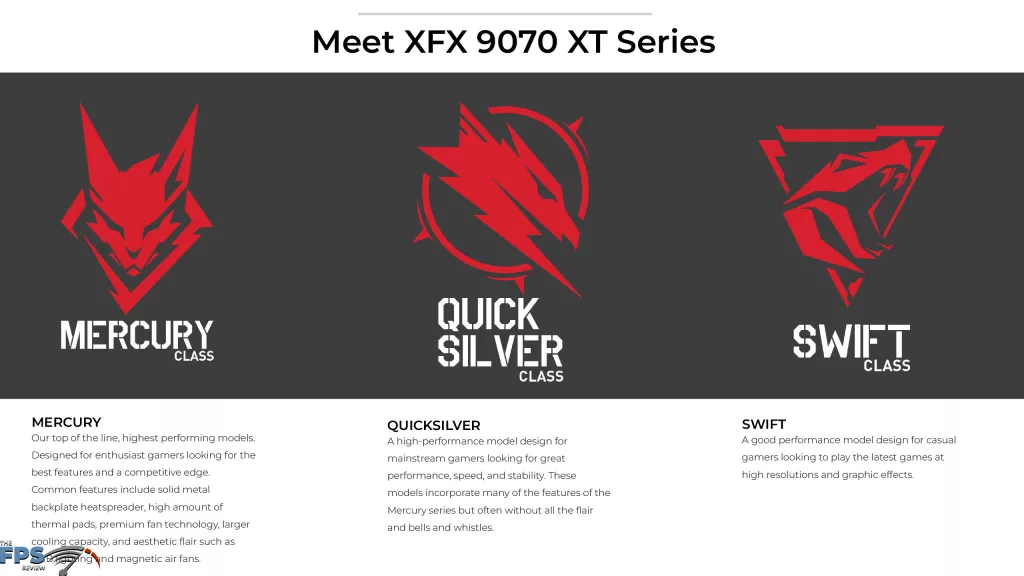
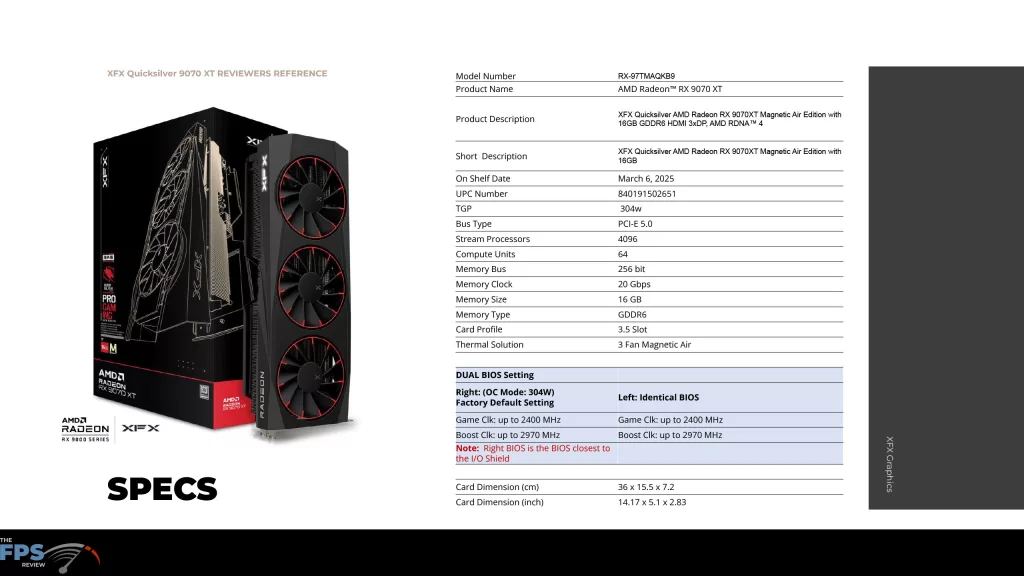
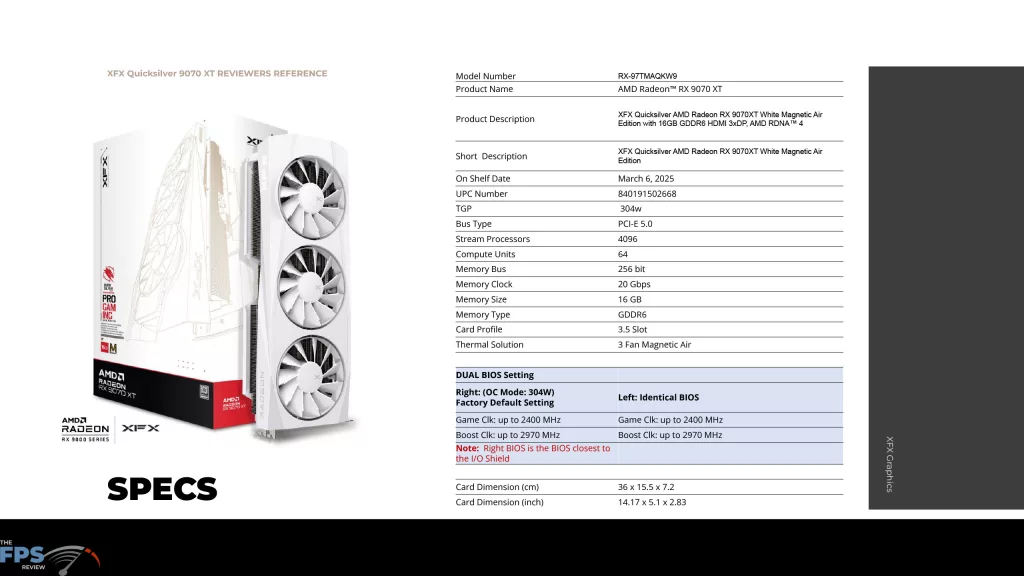
XFX is pulling out all the stops this generation, with a whole lot of options when it comes to the Radeon RX 9000 Series GPUs. If you check out the XFX Radeon RX 9000 Series webpage, you’ll find three distinct product segmentations it offers: the Mercury Class, the Quicksilver Class, and the Swift Class. When you click on each of those on the webpage, you can find all the different models under those classes.
What separates these classes? According to XFX, the Mercury Class is its top-of-the-line, highest-performing models designed for enthusiasts looking for the best features and most robust designs. XFX does offer a Magnetic Air version of cards within that class as well. In the Quicksilver Class, XFX offers high-performance model designs for mainstream gamers who want great performance, speed, and stability. They offer many of the features of the Mercury Series, but often without all the flair, bells, and whistles. The SWIFT Class offers a mix of good performance and model design for casual gamers with no extra frills. The card we have today is under the Quicksilver Class.
Clicking on the Quicksilver Class from this link, scrolling down to the bottom, you’ll find all the models available under that. There are two distinct Radeon RX 9070 XT models and one distinct Radeon RX 9070 model offered in this range, with both black and white options for those models. The main models are the XFX Quicksilver AMD Radeon RX 9070XT Magnetic Air Edition (the one we have for review today), also a XFX Quicksilver AMD Radeon RX 9070XT Gaming Edition (with no magnetic fans), and the XFX QuickSilver AMD Radeon RX 9070 OC Gaming Edition option. The model we are reviewing today is the special one with the unique XFX Magnetic Fan technology, it is model RX-97TMAQKB9.
XFX Quicksilver AMD Radeon RX 9070 XT Magnetic Air Edition
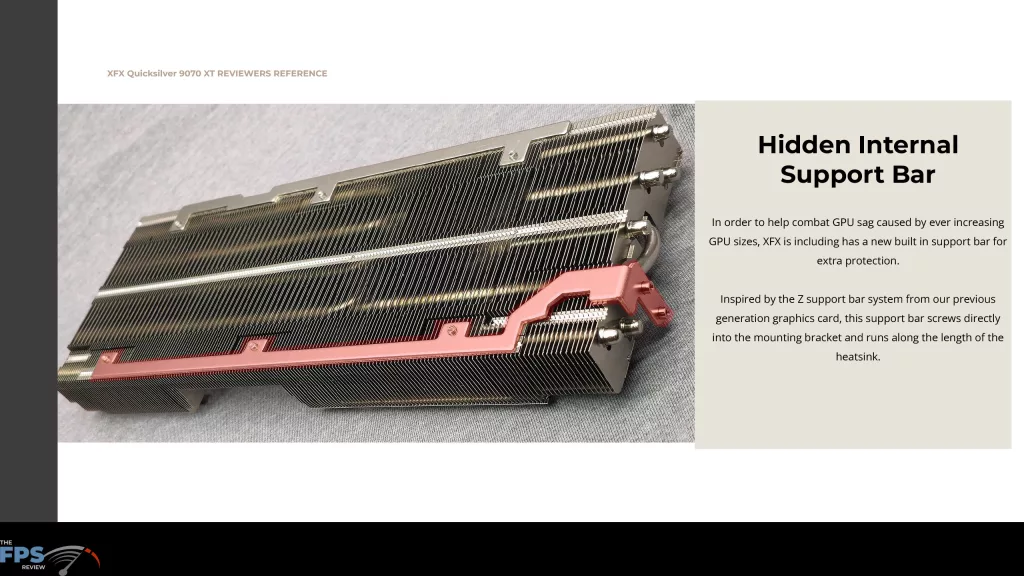
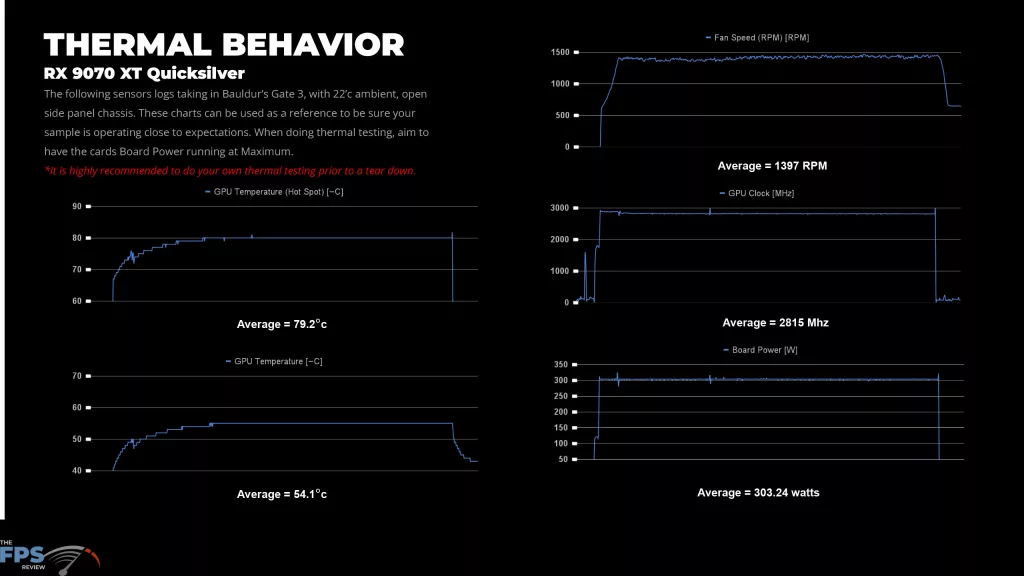
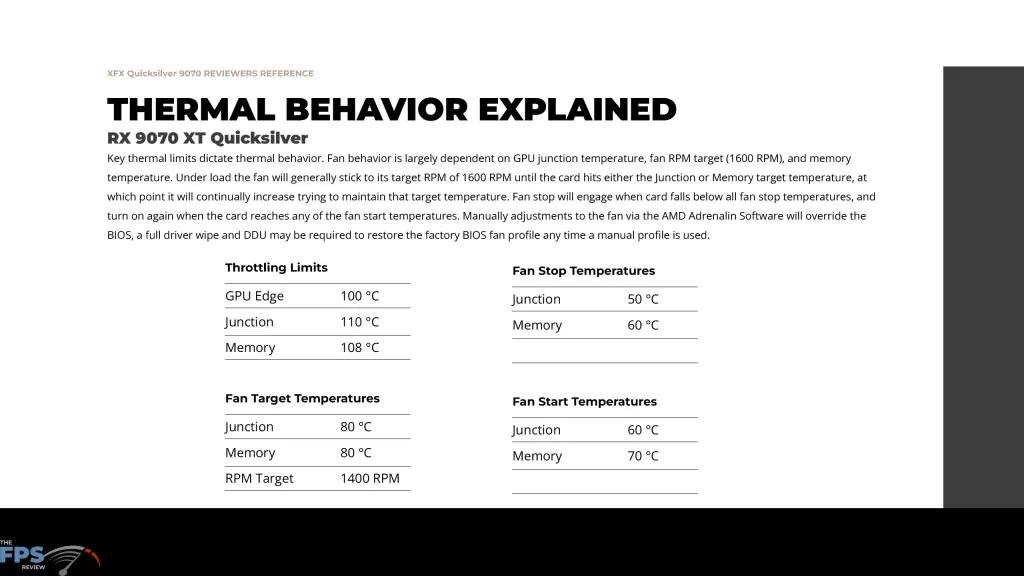
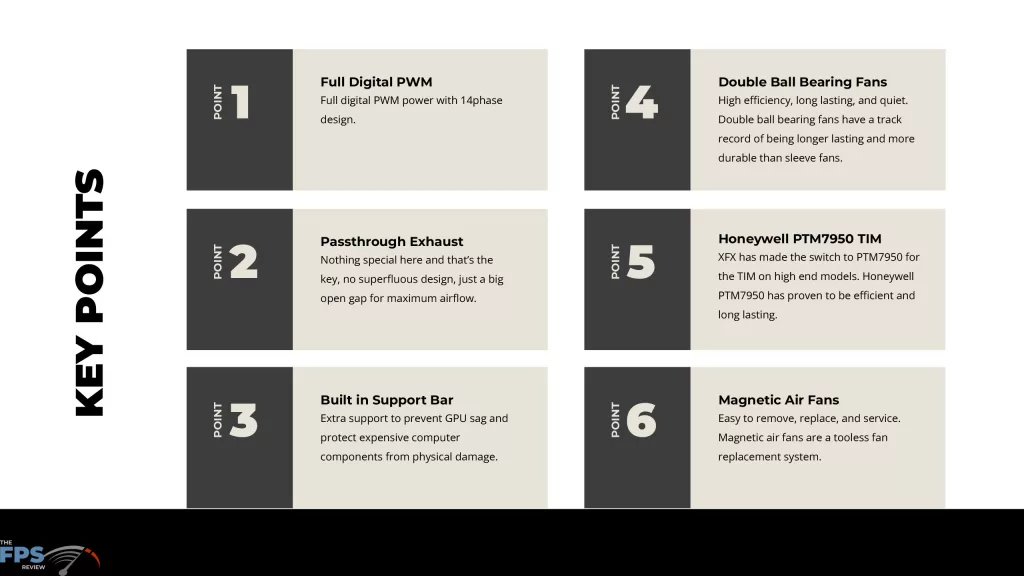
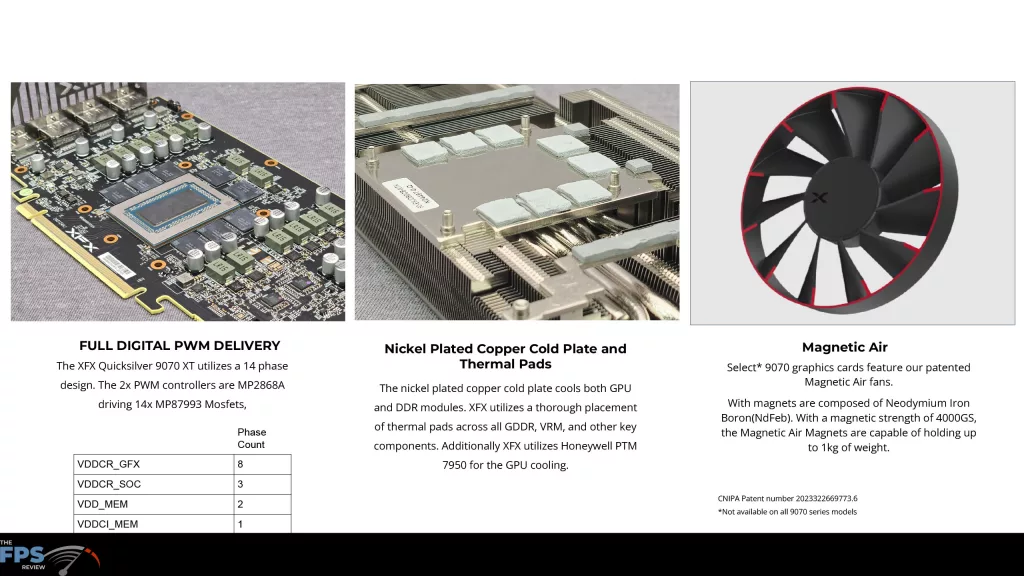
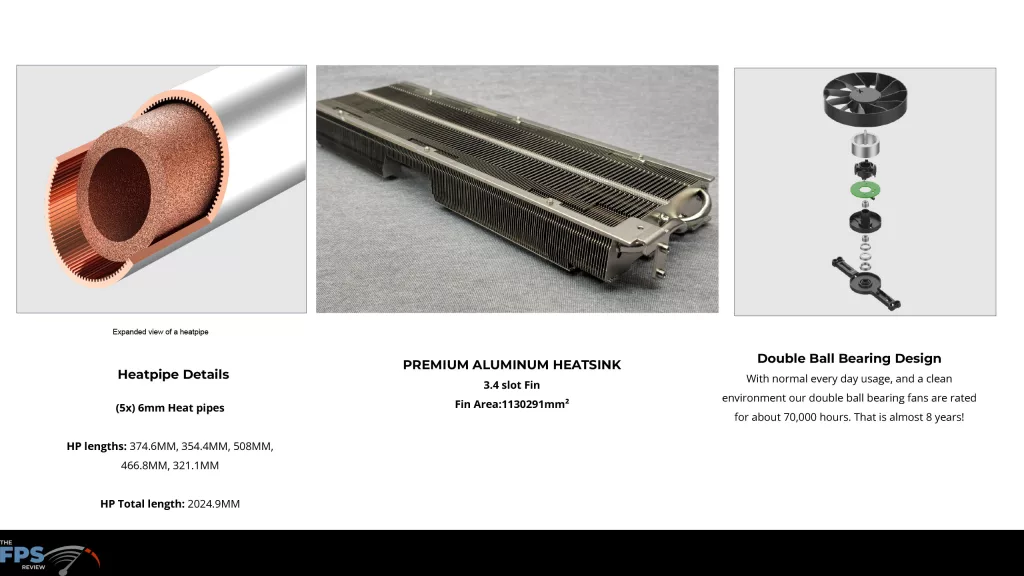

Naturally, the unique feature in regards to the XFX Quicksilver AMD Radeon RX 9070 XT Magnetic Air Edition are the three Magnetic Fans. We have previously reviewed another XFX Magnetic Fan video card in the past, we covered the way the fans work very well in that review as well, so make sure to check that out for a deeper dive about the fans, that same principle is being used in this design.
The fans are, as you would think, magnetic, and this makes them very easy to clean and replace. The magnets are very strong Neodymium Iron Boron with a magnetic strength of 4000GS and are able to hold up to 1kg of weight. The fans are as easy as ‘snap on’ and ‘pull off’. They fall right into place and make contact without any effort on your part; it just works. The fans are also double-ball bearing fans. Also, XFX is planning on releasing the 3d files for the magnetic wings that can be removed so that enthusiasts can 3D print their own wings and have the option to add some personal flair without permanently modifying the card, which will make it more personalized to you.
Other features of the XFX Quicksilver AMD Radeon RX 9070 XT Magnetic Air Edition is that it has a full digital PWM delivery utilizing a 14-phase design and 2x PWM controllers, it uses 8 phases for VDDCR_GFX, 3 phases for VDDCR_SOC, 2 phases for VDD_MEM, and 1 phase for VDDCI_MEM.
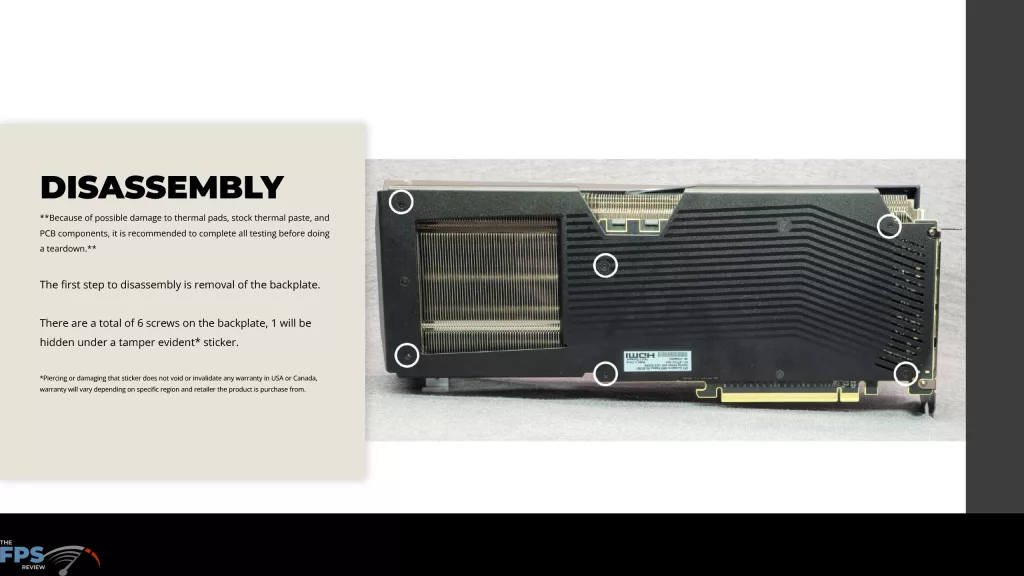
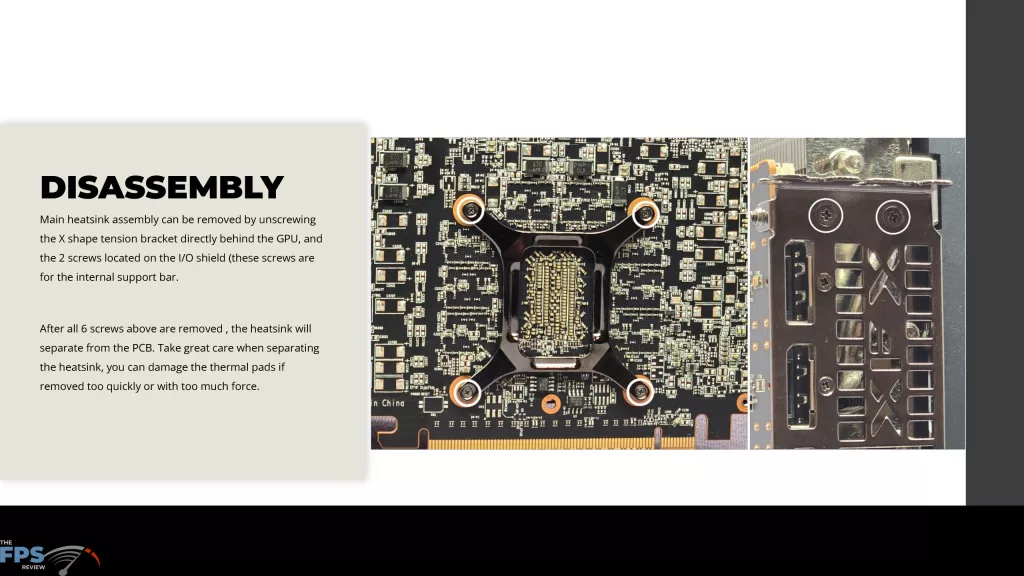
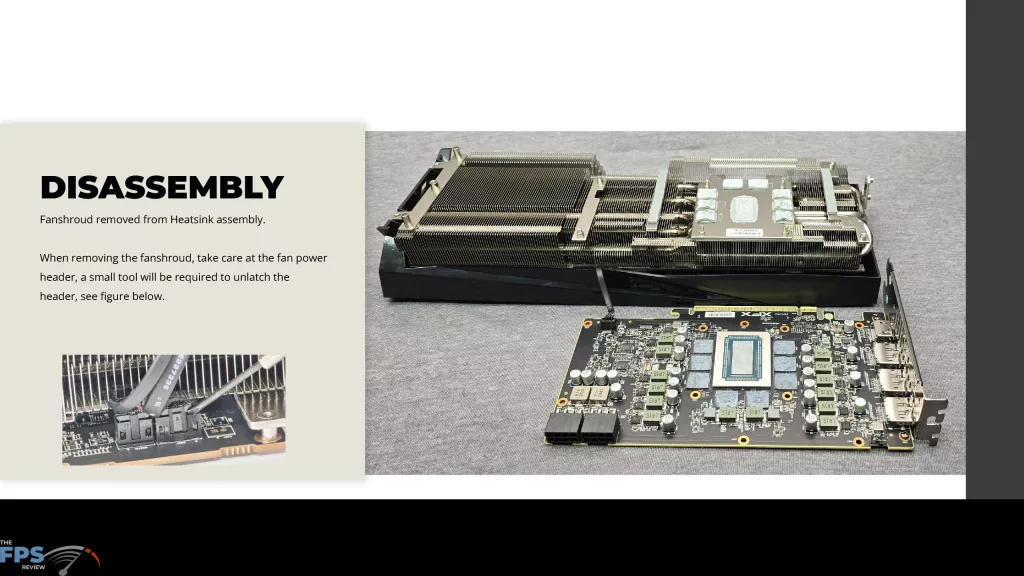
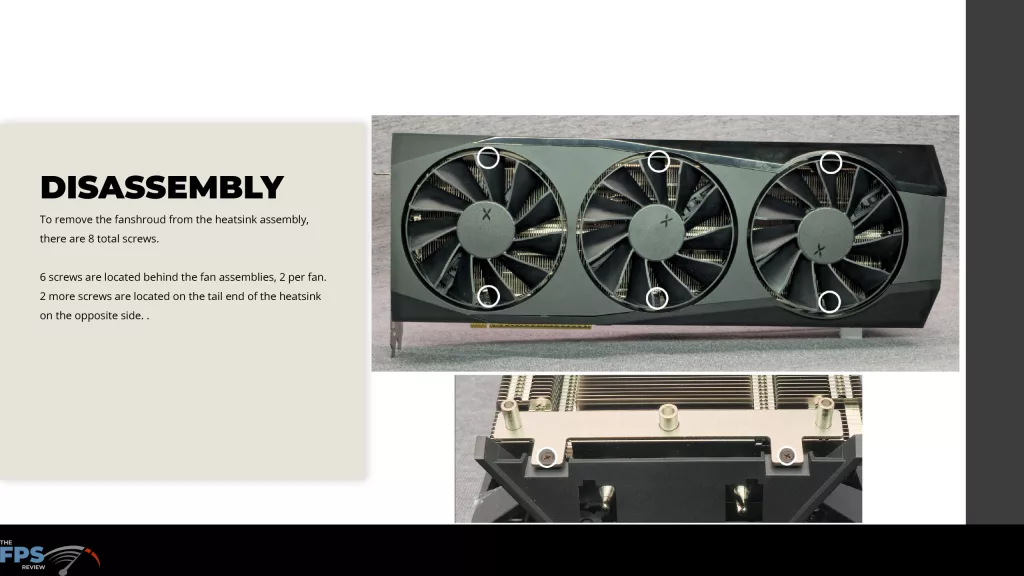
The XFX Quicksilver AMD Radeon RX 9070 XT Magnetic Air Edition uses a Nickel Plated Copper Cold Plate and Honeywell PTM 7950 thermal pads. The board design and heatsink allows for a passthrough exhaust on the outer fan. There are a total of 5x 6mm heat pipes on this heatsink design. There is even a hidden internal support bar installed across the heatsink to reduce sag and make it more rigid. XFX states that the fan behavior targets 1600 RPM, and will fan stop the fans when Junction temperature is at 50c.
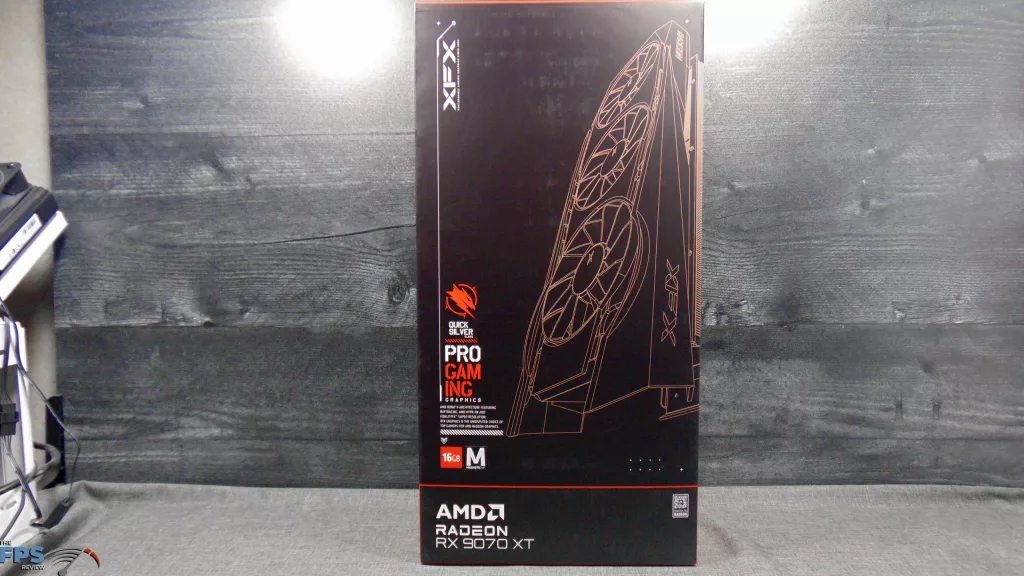
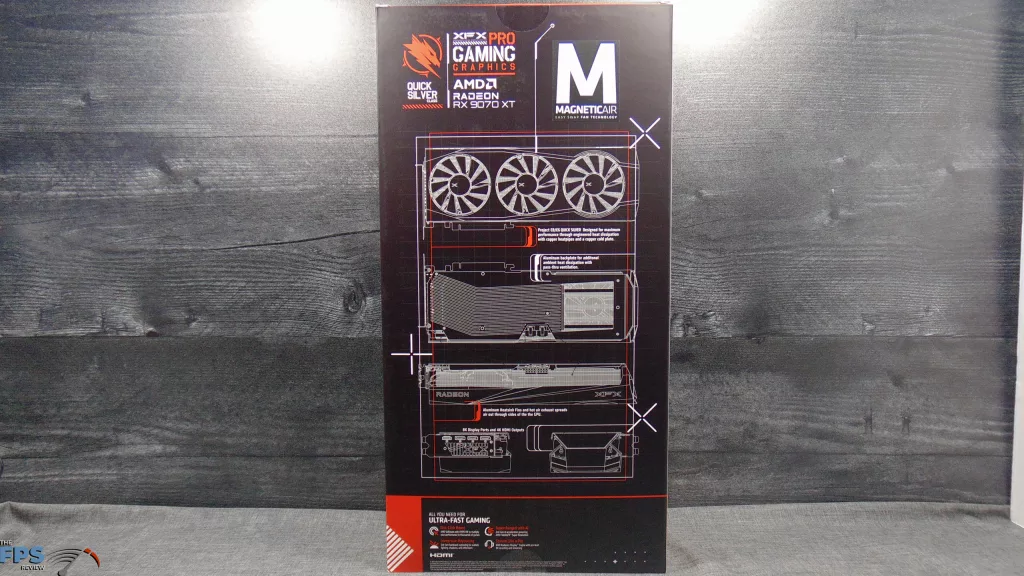
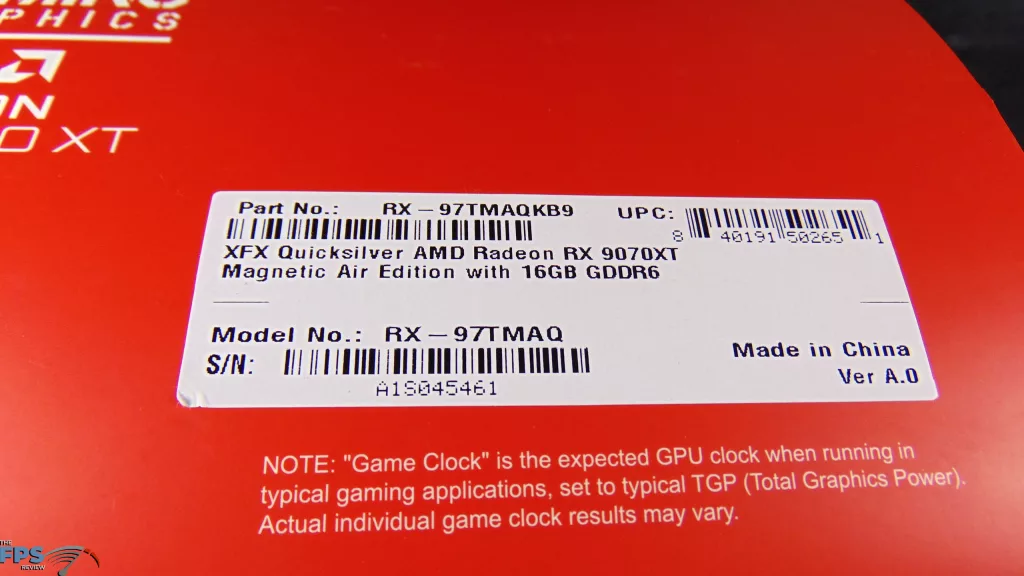
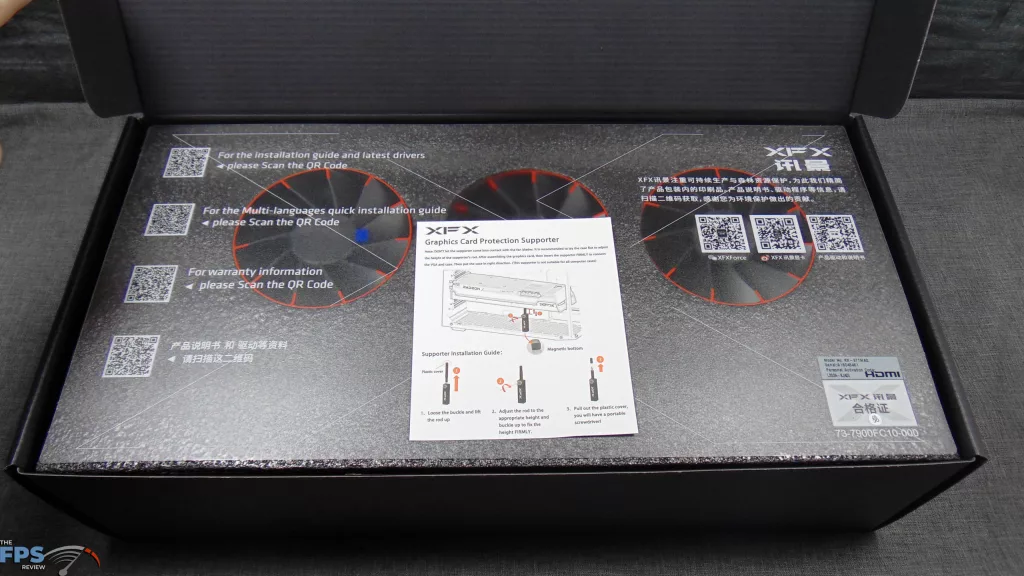
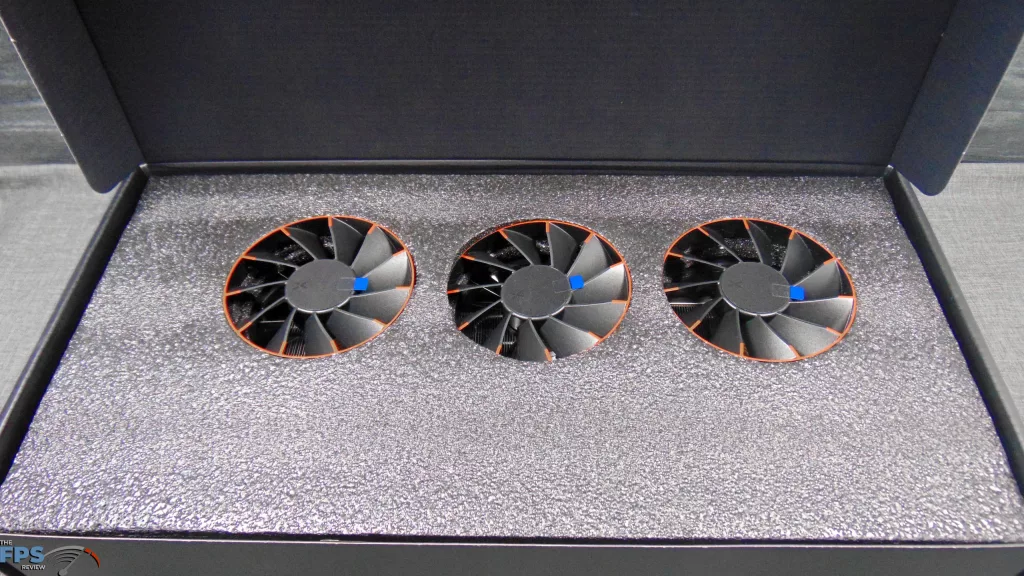
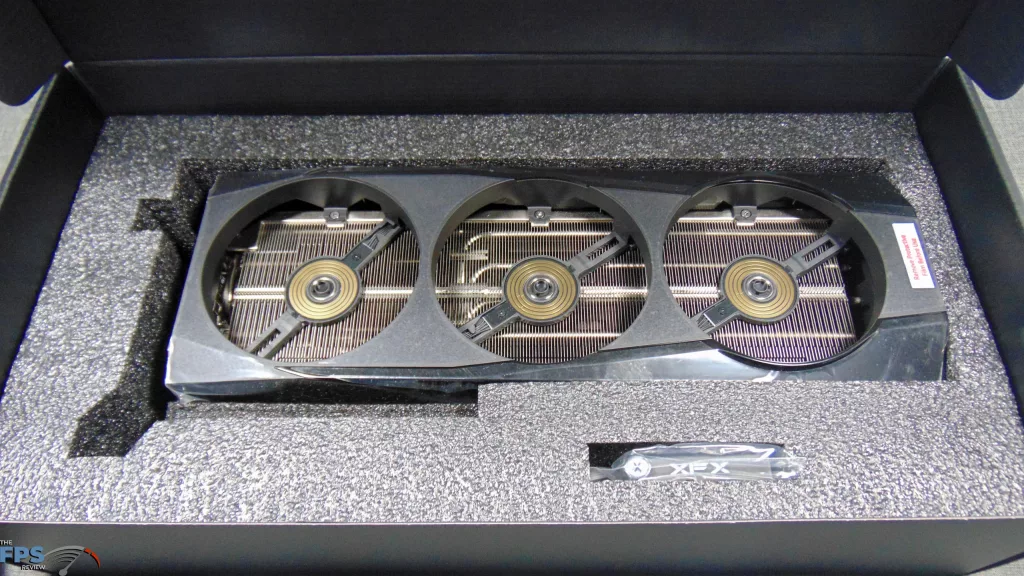
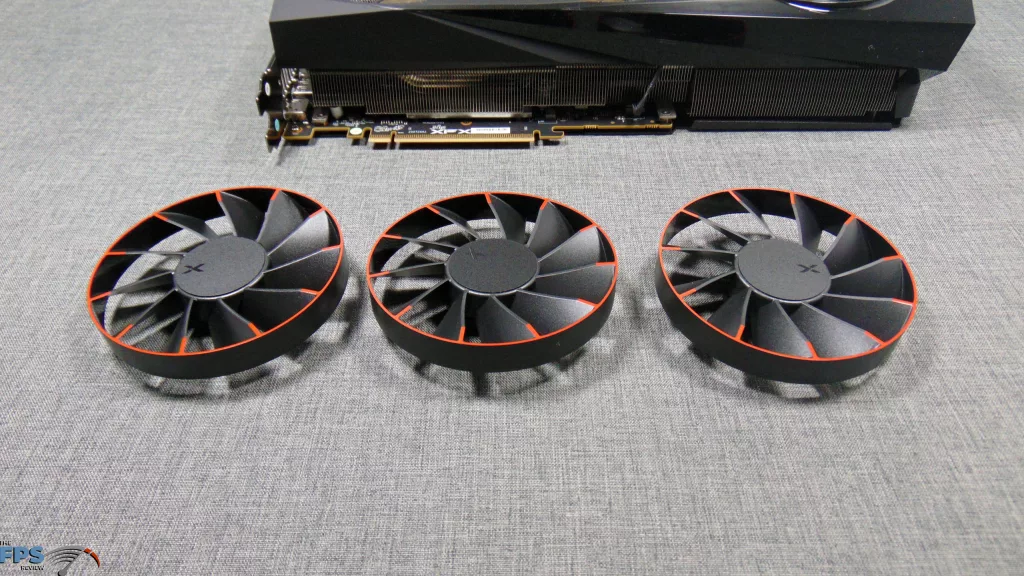
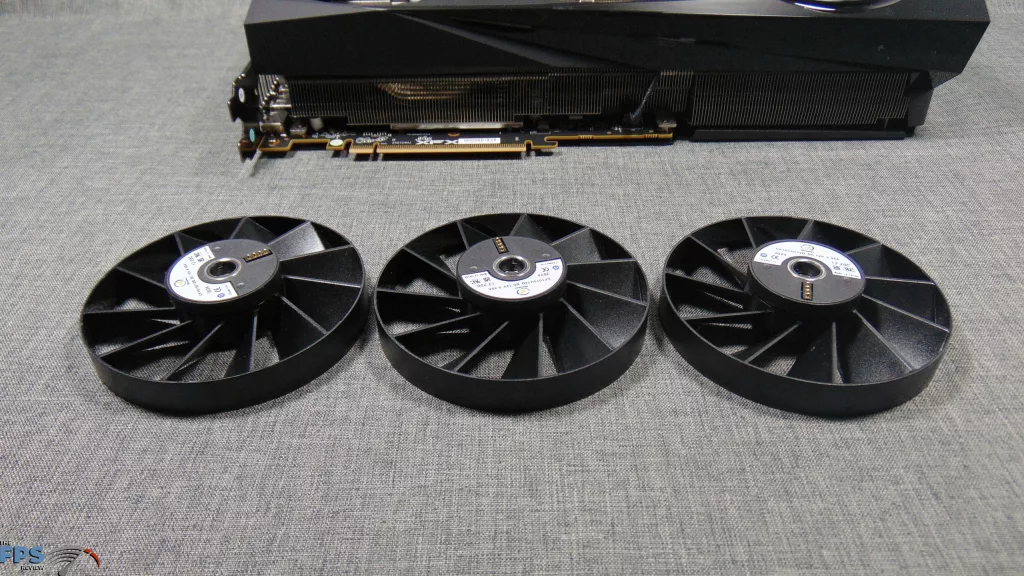
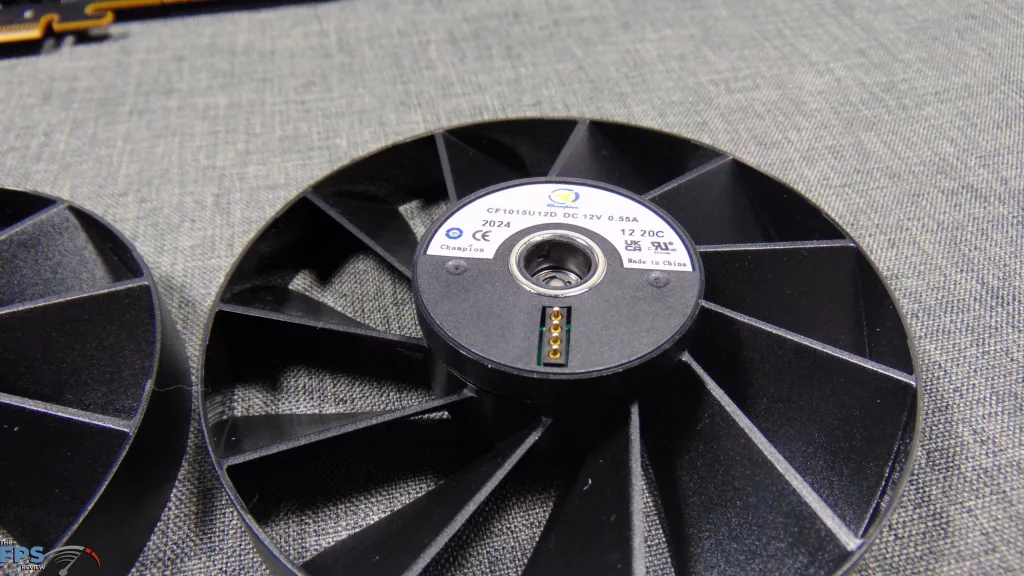
The XFX Quicksilver AMD Radeon RX 9070 XT Magnetic Air Edition comes in a very tall box, and once you open it up, you know it is unique from the very start. The fans are not installed; they are separate, and you must simply plop them into place before running the card, and the included sheet does tell you to do this. You also get a GPU holder inside to help support the card if needed.
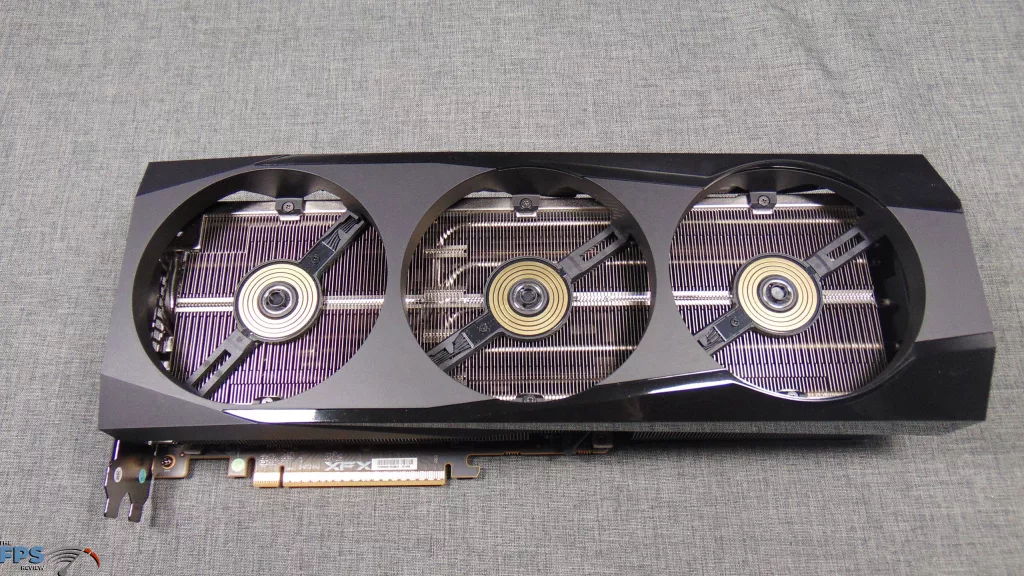
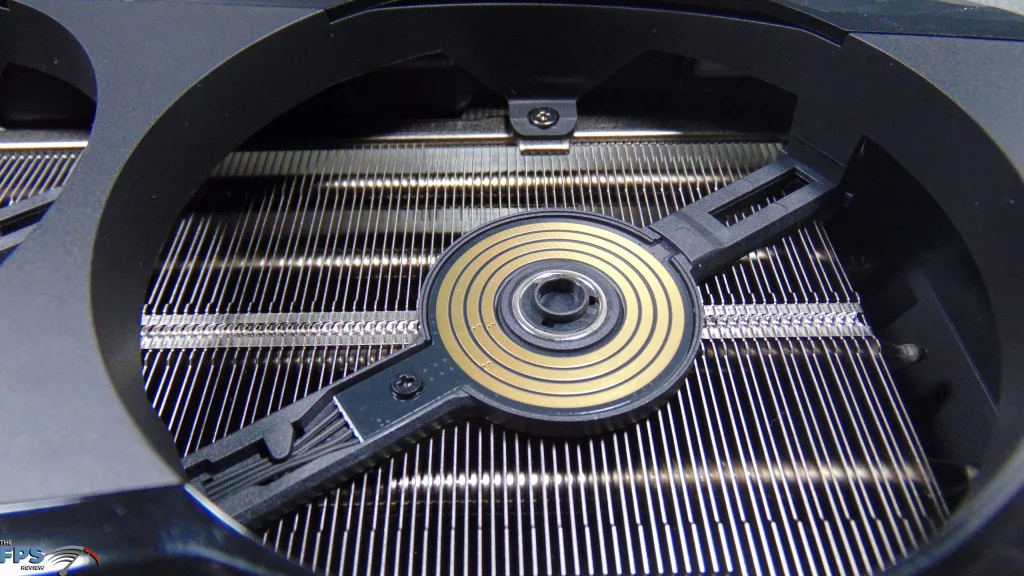
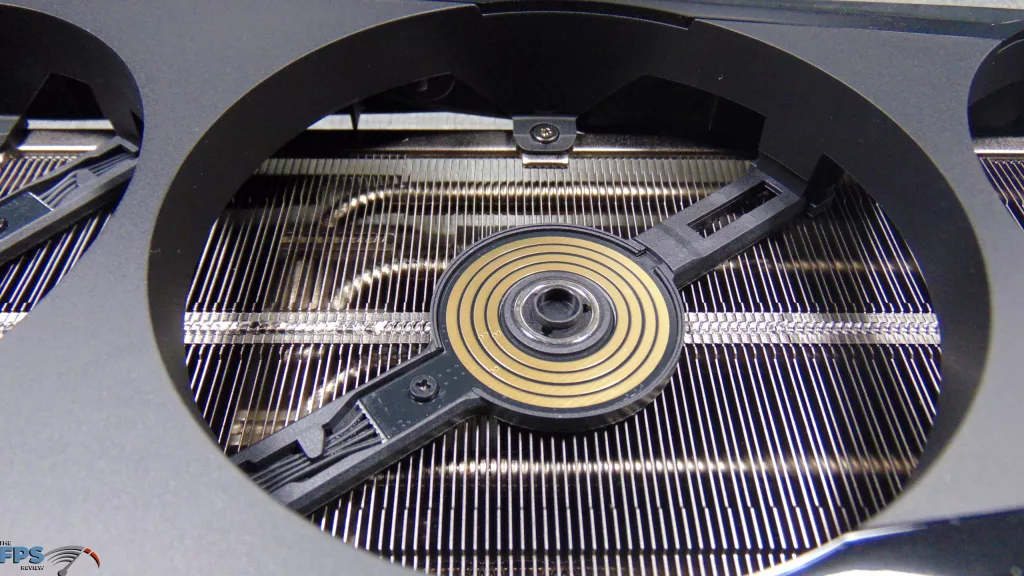
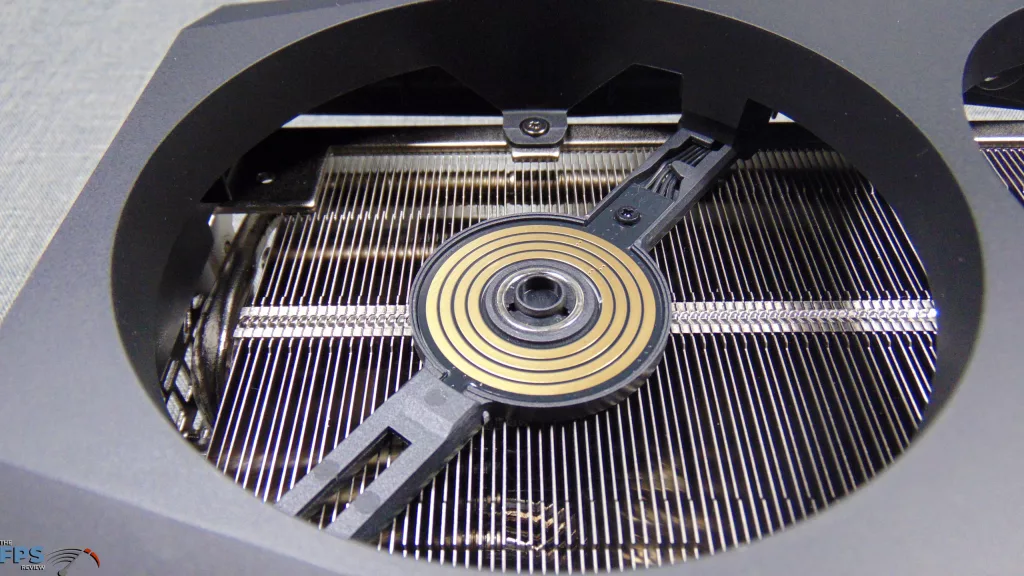
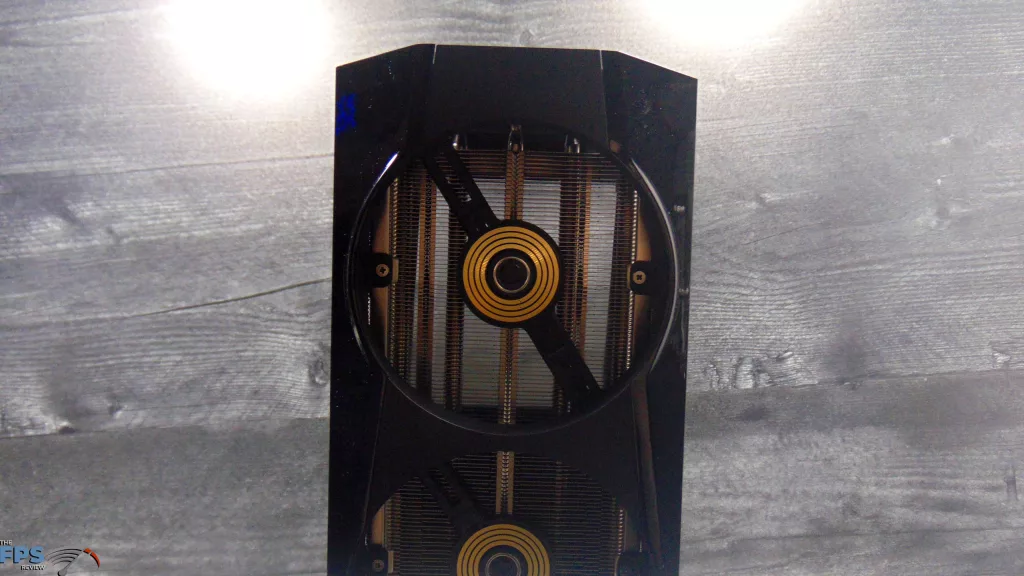
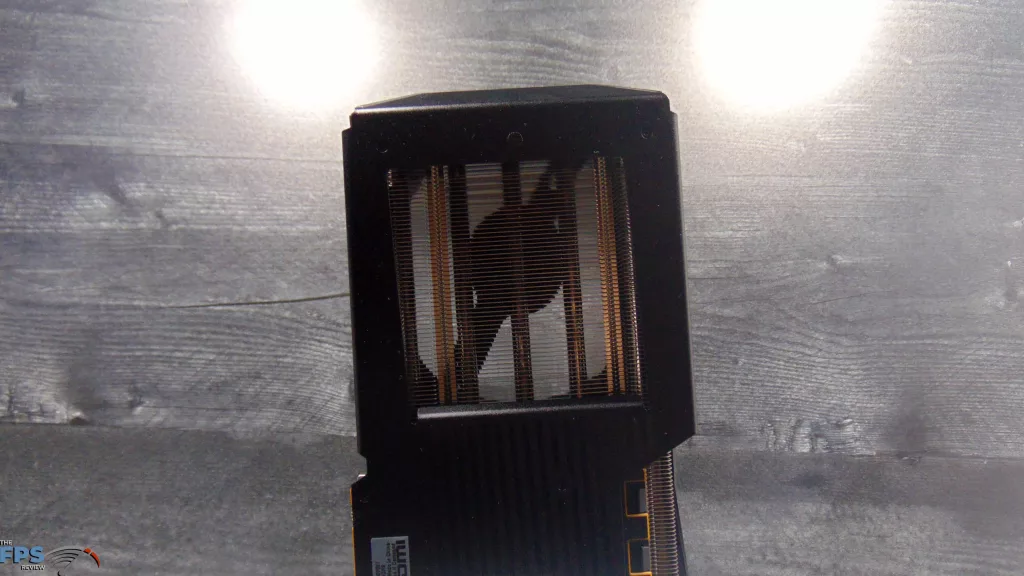
Without the fans installed, you get a better look through the heatsink and are able to see the air passhthrough. This openness is helpful if you wish to blow out dust from your video card over time.
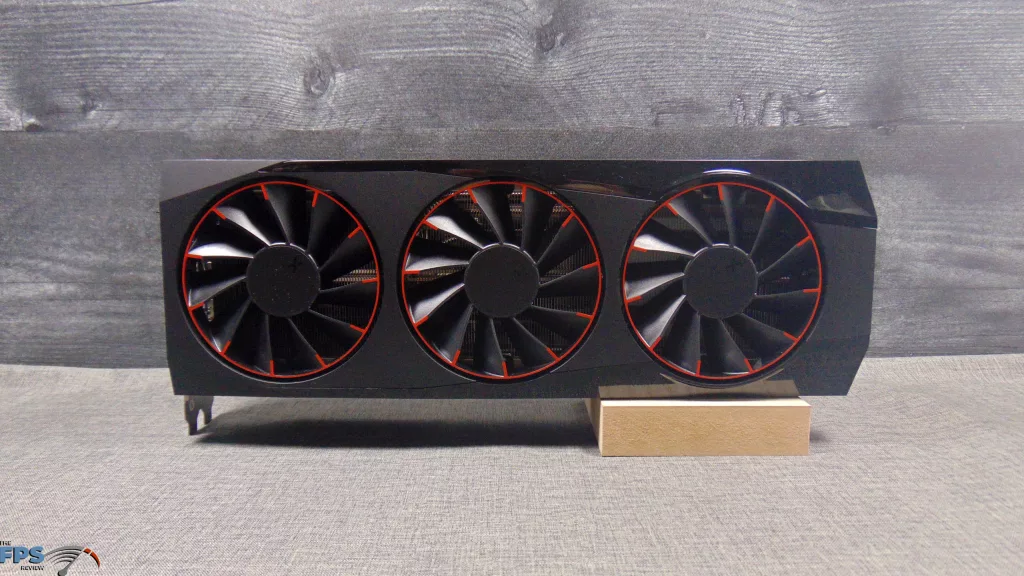
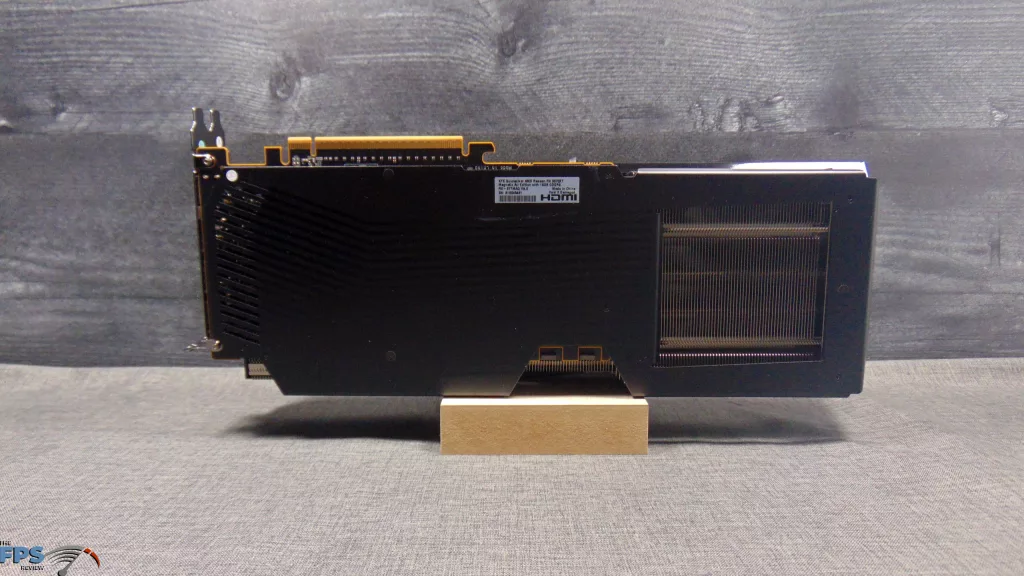
The XFX Quicksilver AMD Radeon RX 9070 XT Magnetic Air Edition measures 13.98 x 5.51 x 2.64 inches, so it isn’t a small card; it does require some room in your case, this is a 3.5 slot video card. The video card uses 2x PCIe 8-pin power connectors, and XFX recommends an 800W PSU.
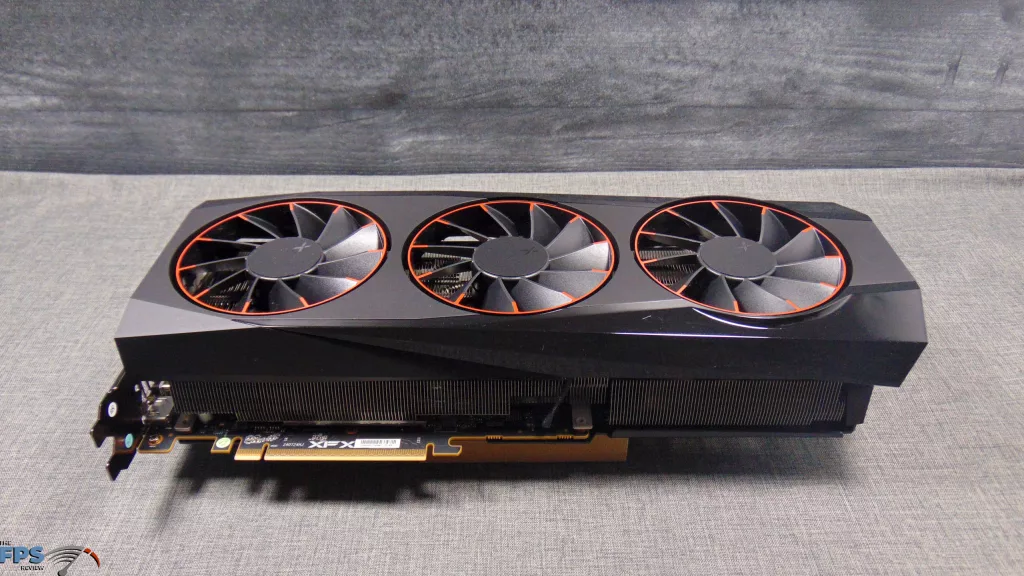
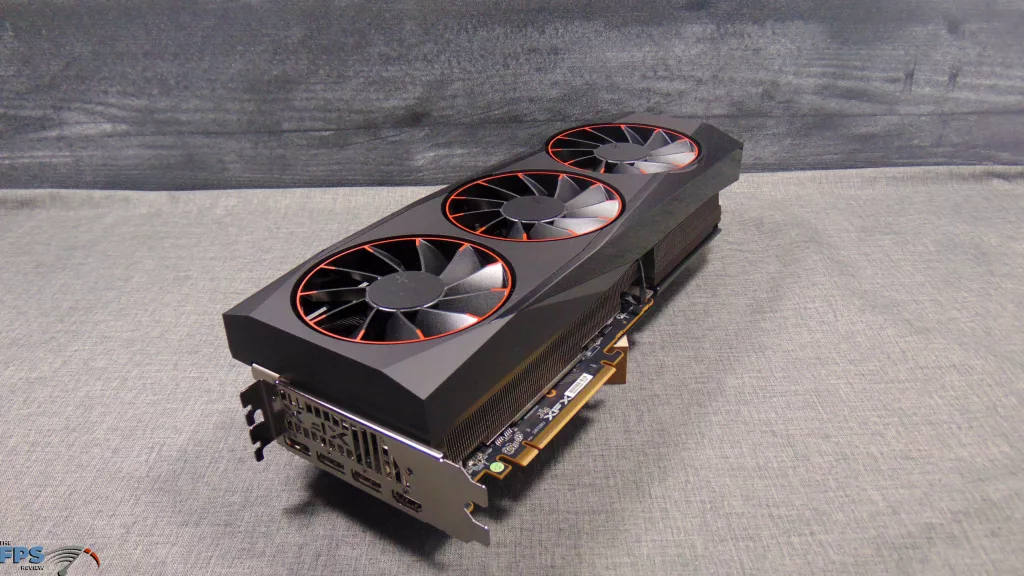
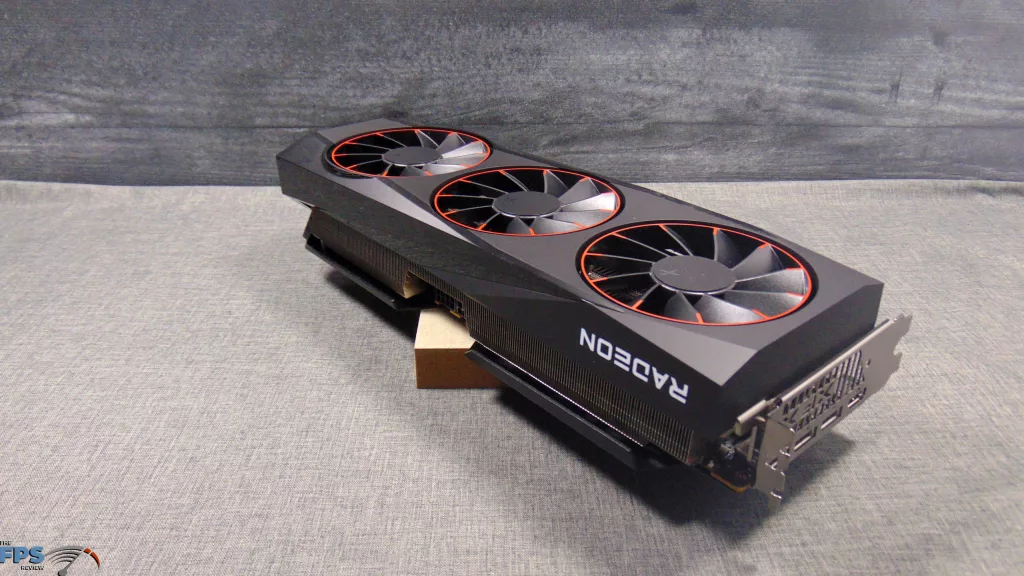
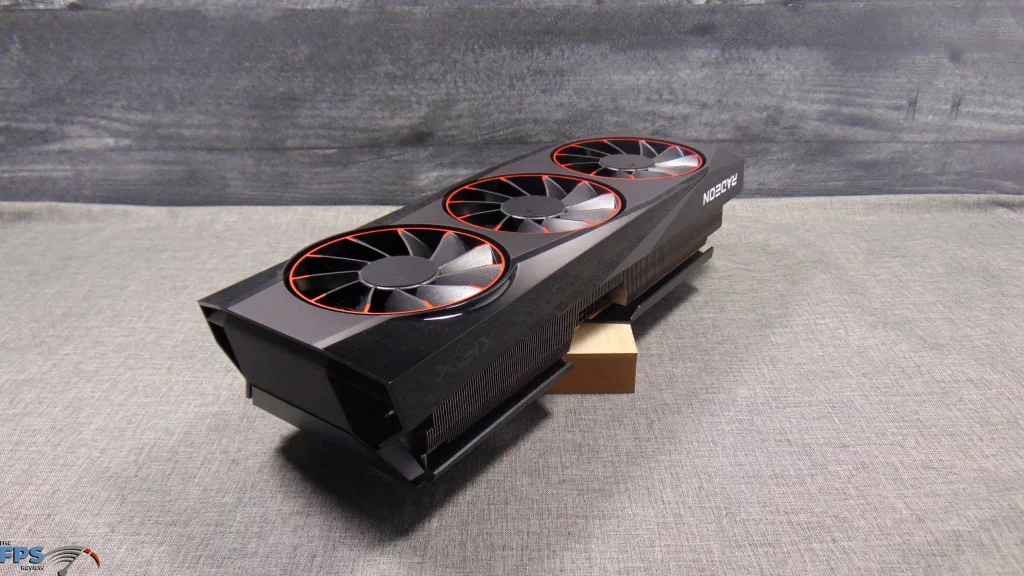
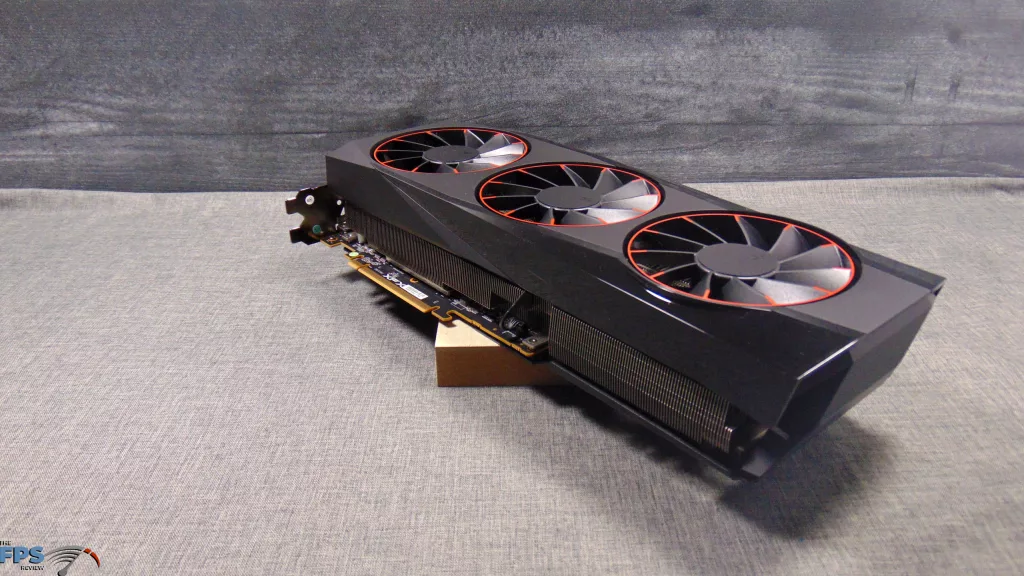
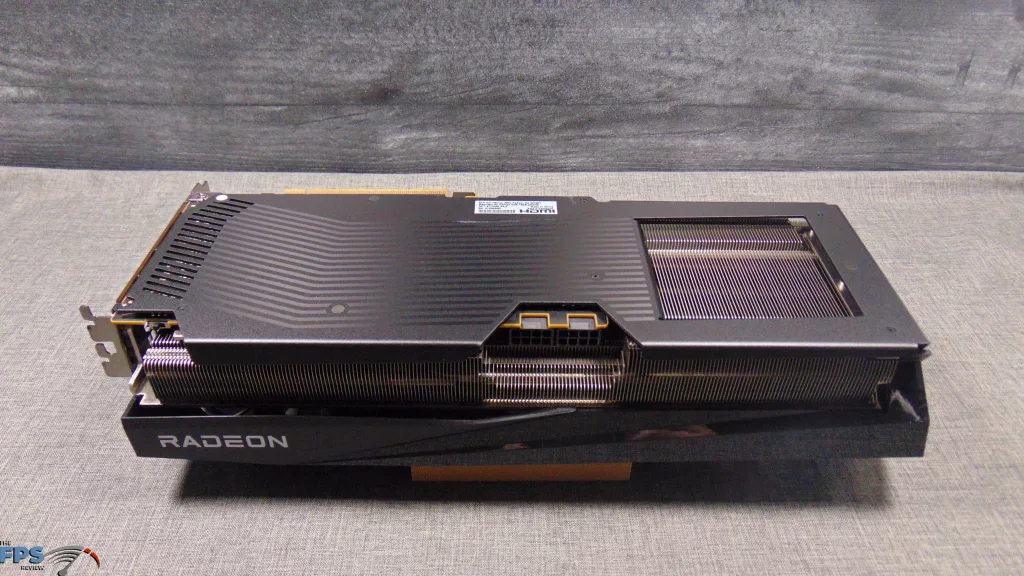
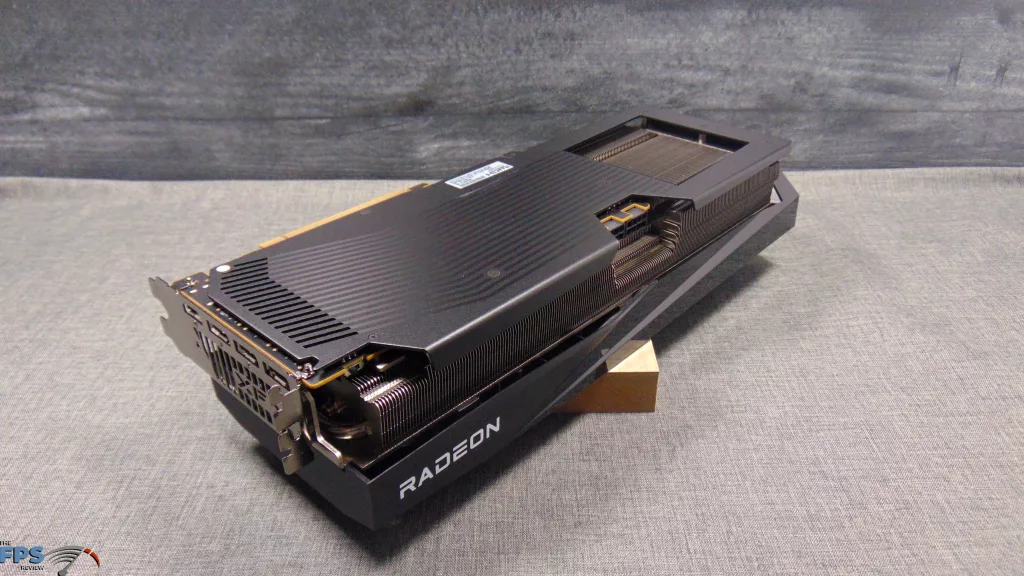
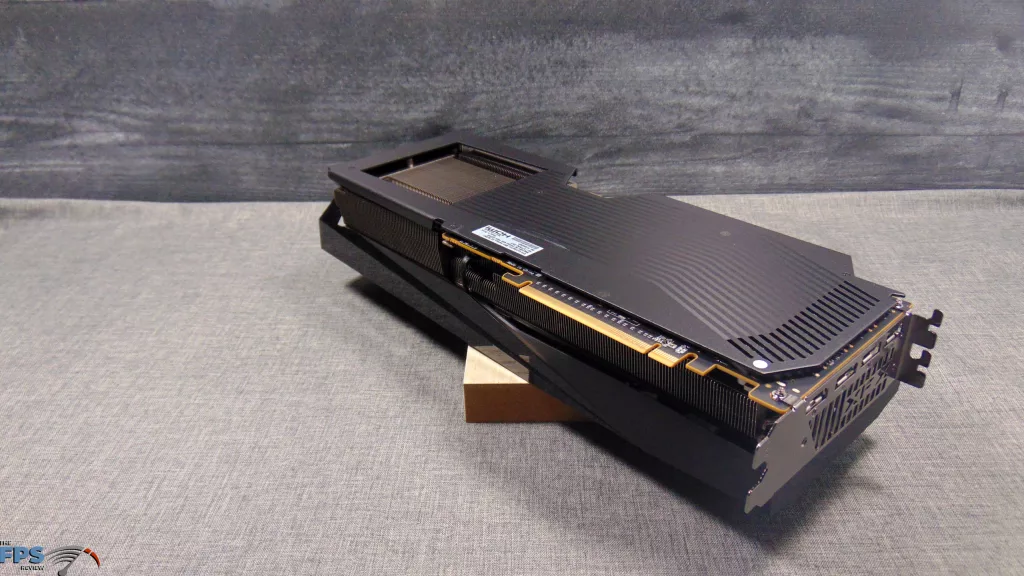
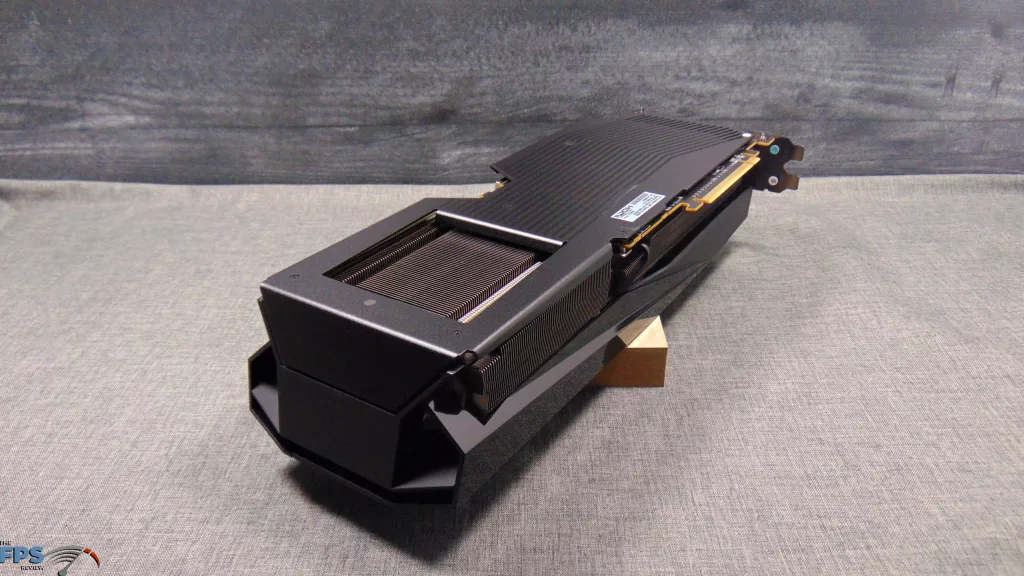
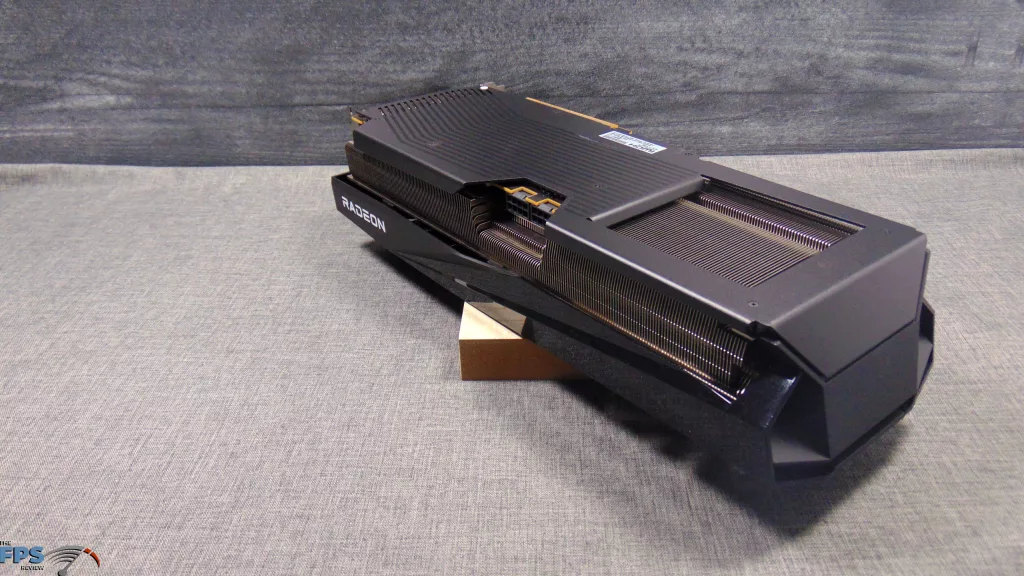
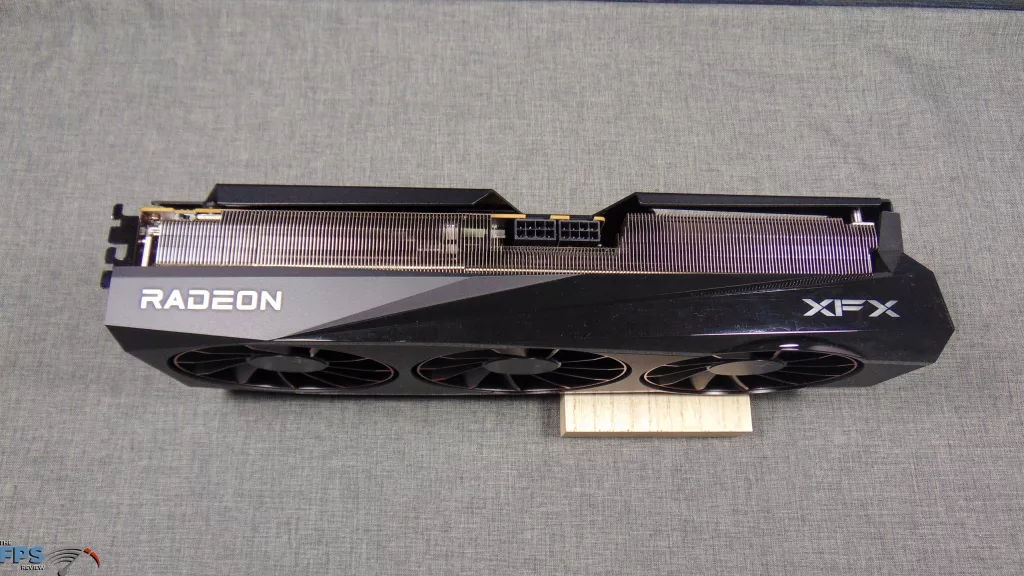
The XFX Quicksilver AMD Radeon RX 9070 XT Magnetic Air Edition runs at the AMD reference boost clock for the Radeon RX 9070 XT GPU, which is up to a 2970MHz boost clock, and the game clock is 2400MHz. It has 16GB of GDDR6 on board running at 20Gbps by default. This video card has 3x DisplayPort 2.1 and 1x HDMI 2.1 and does support a PCI Express 5.0 x16 interface. XFX offers a 3 and 5-year warranty, with the Magnetic Fan Edition receiving the 5-year warranty part for the fans only.
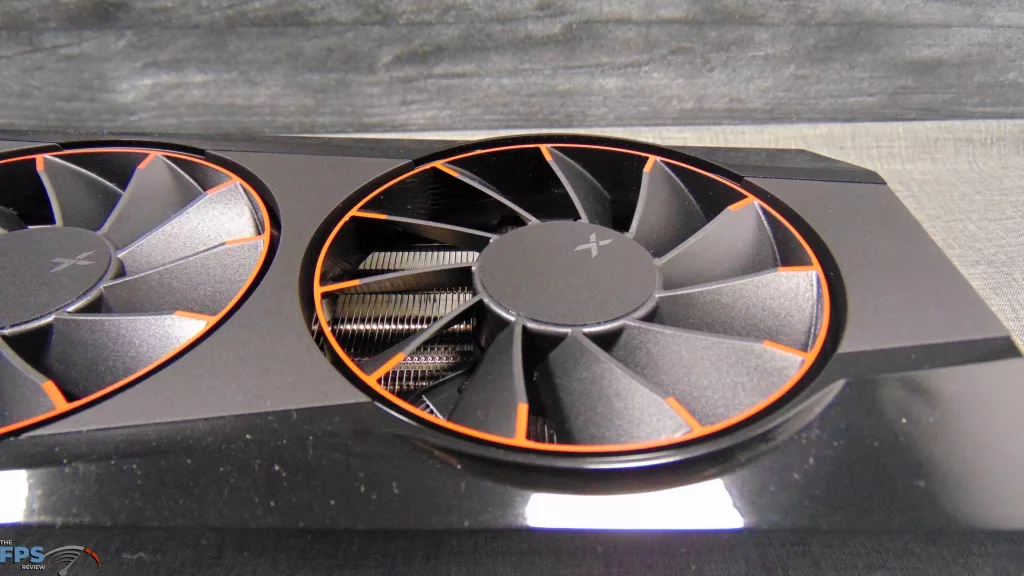
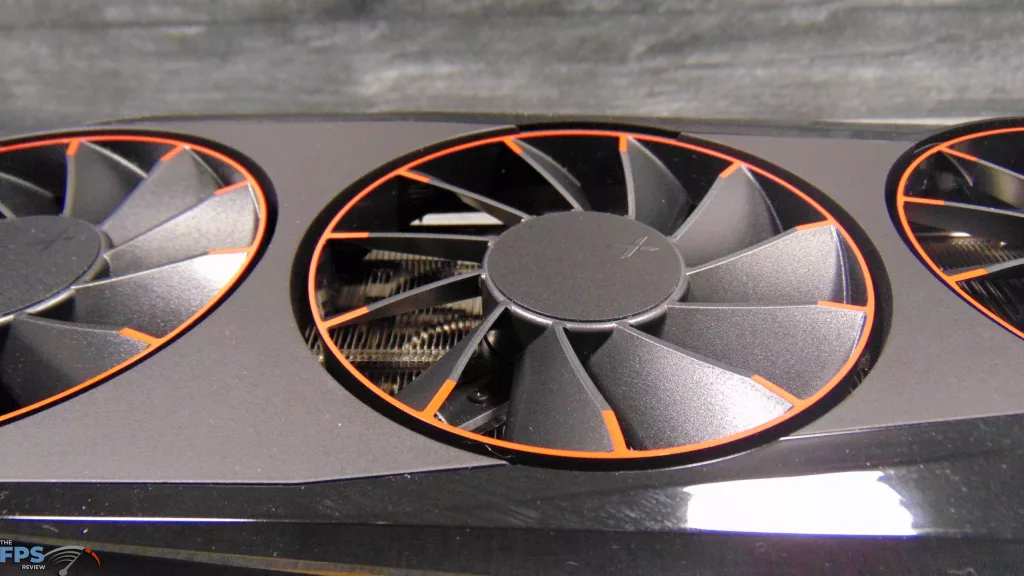
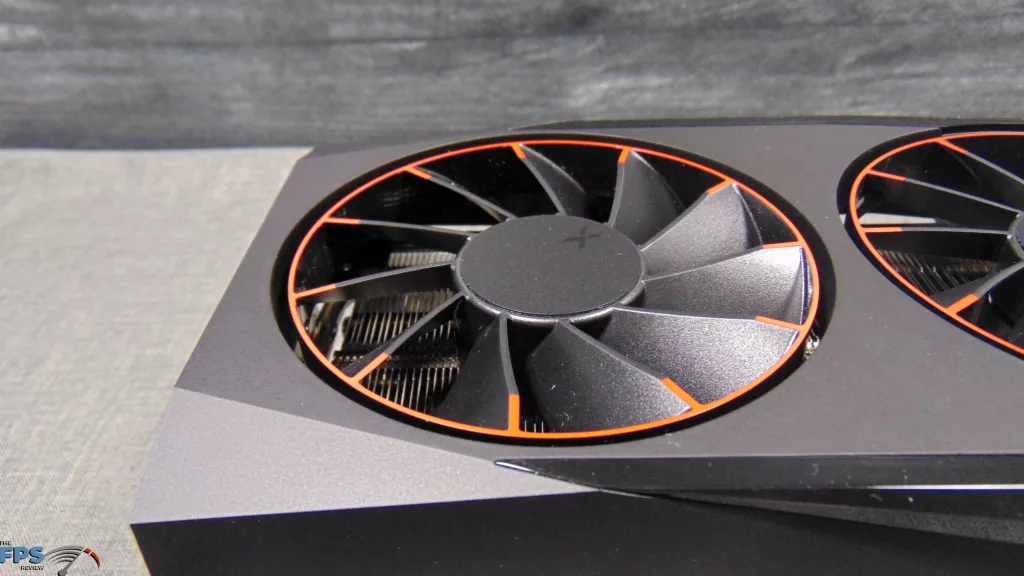
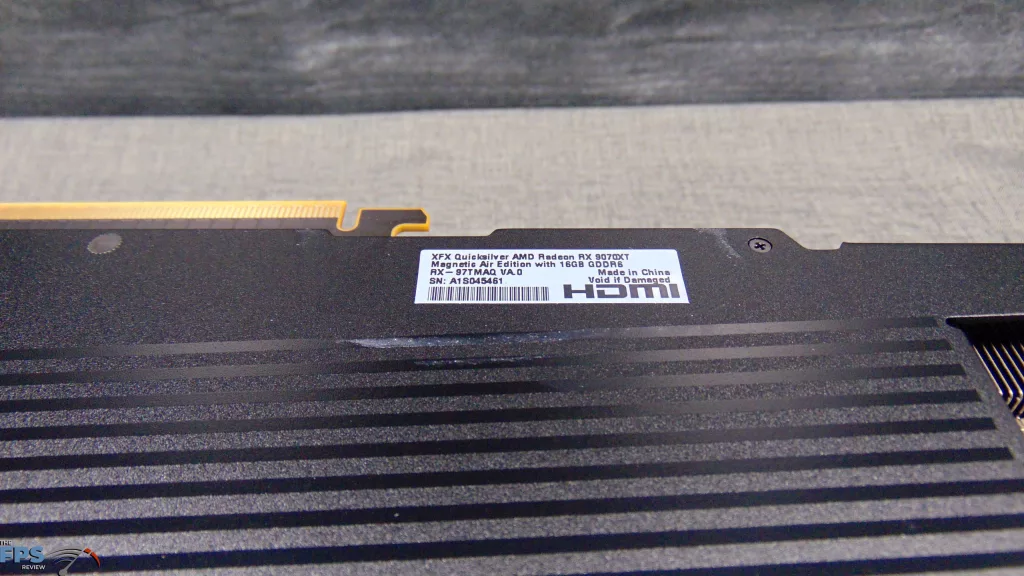
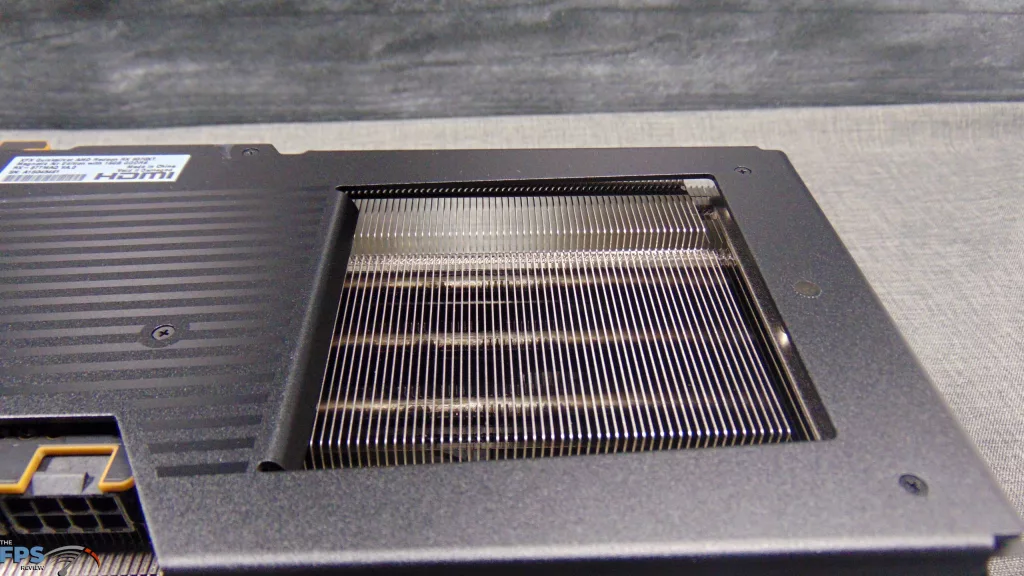
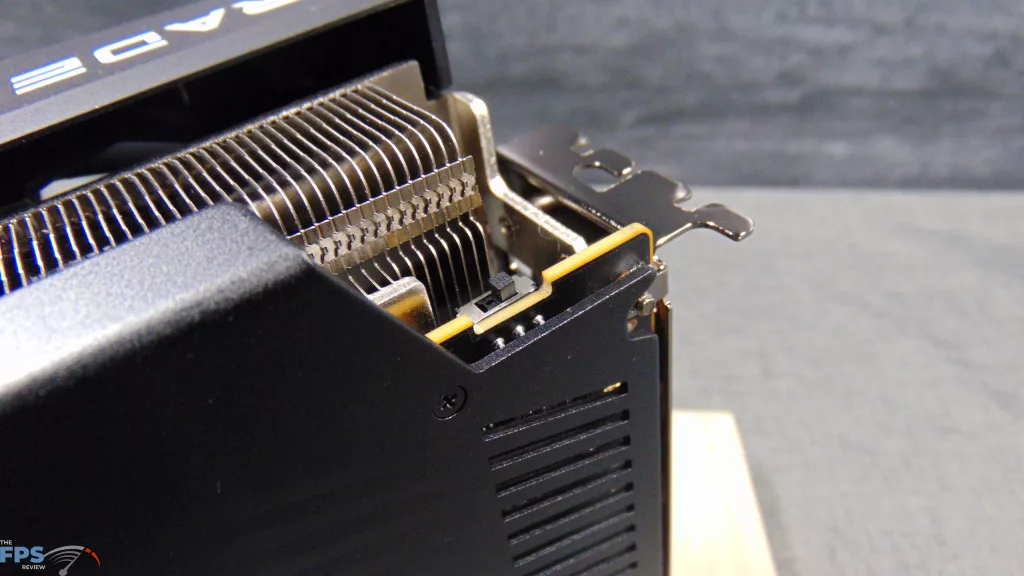
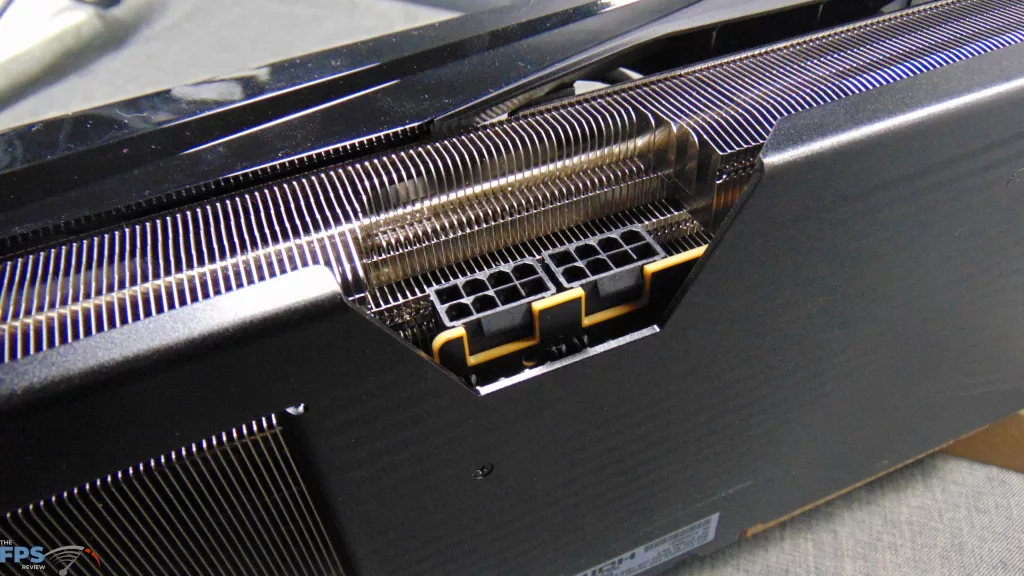
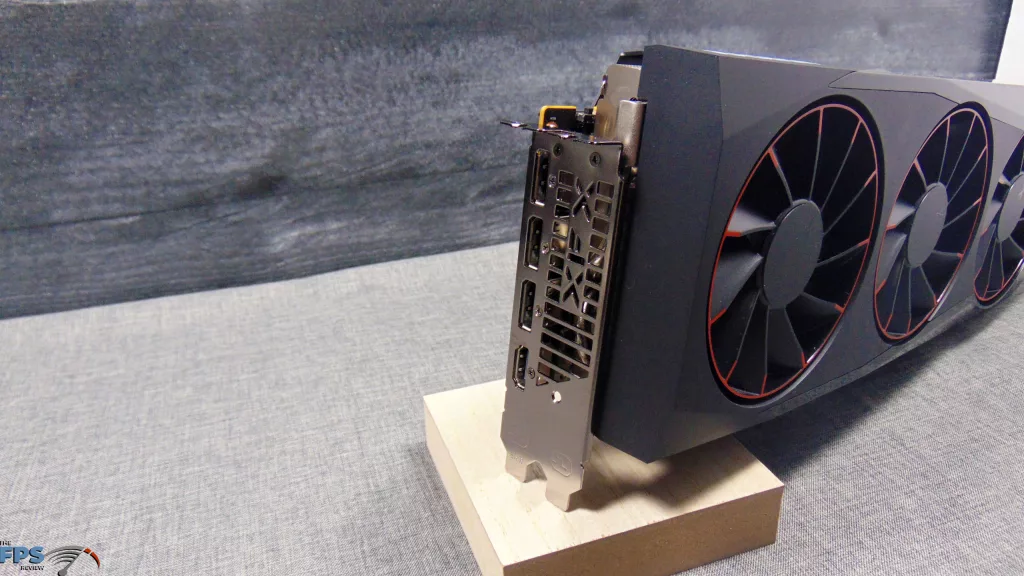
The XFX Quicksilver AMD Radeon RX 9070 XT Magnetic Air Edition does have a dual-BIOS on board. Both BIOS’s have the same game clocks, boost clocks, and TGP set of 304W default power for this card, which is the reference spec from AMD.
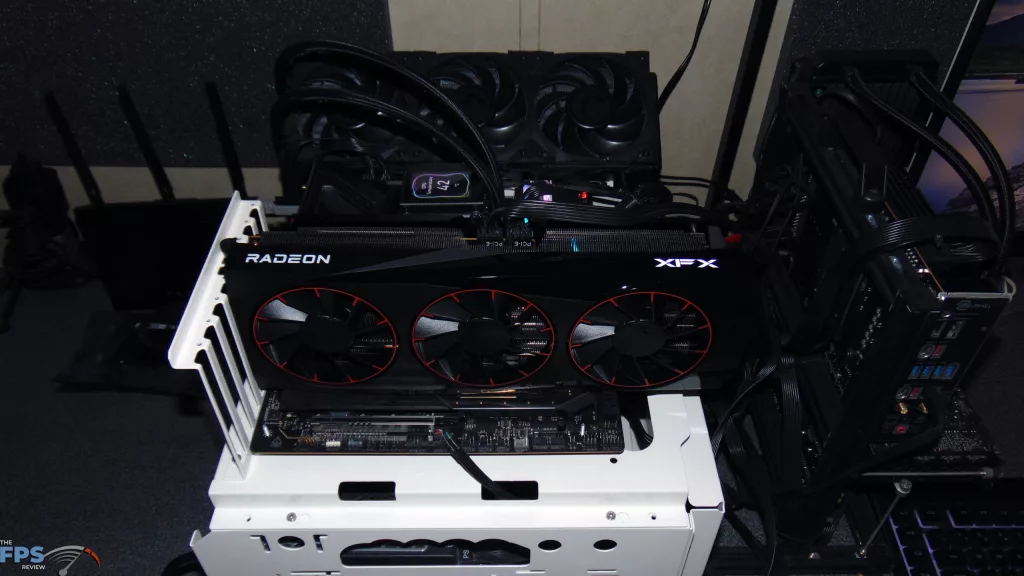
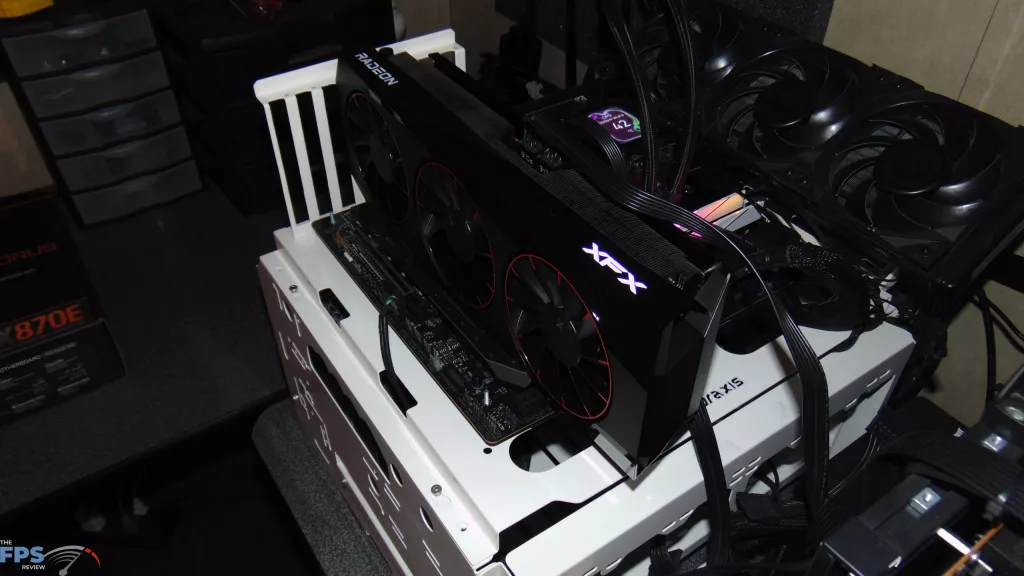
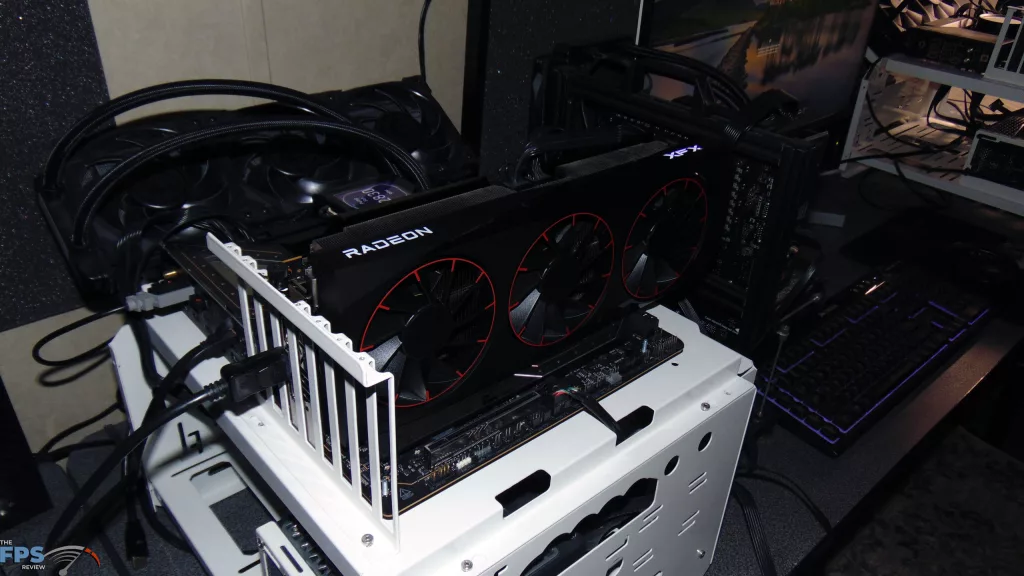
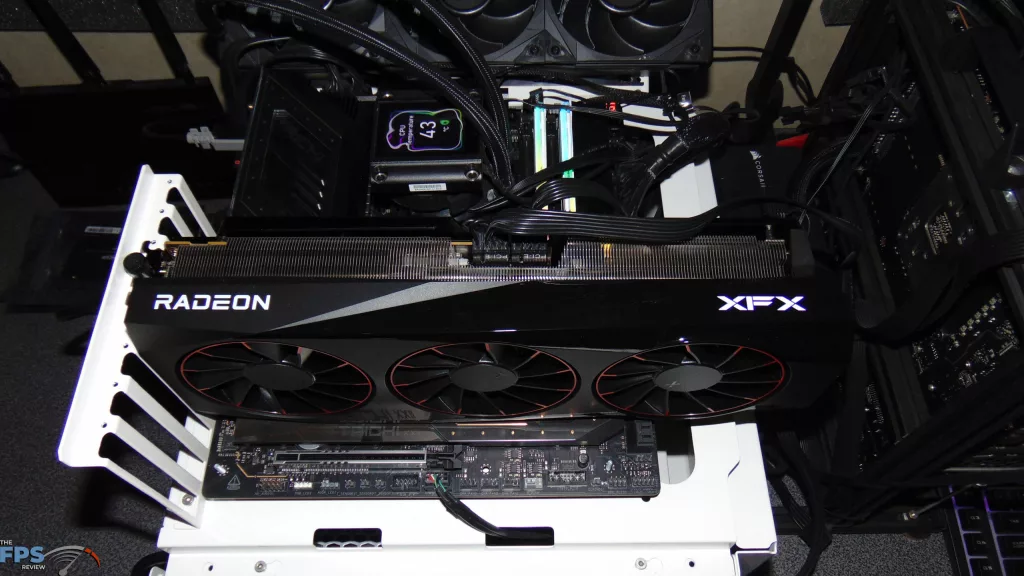
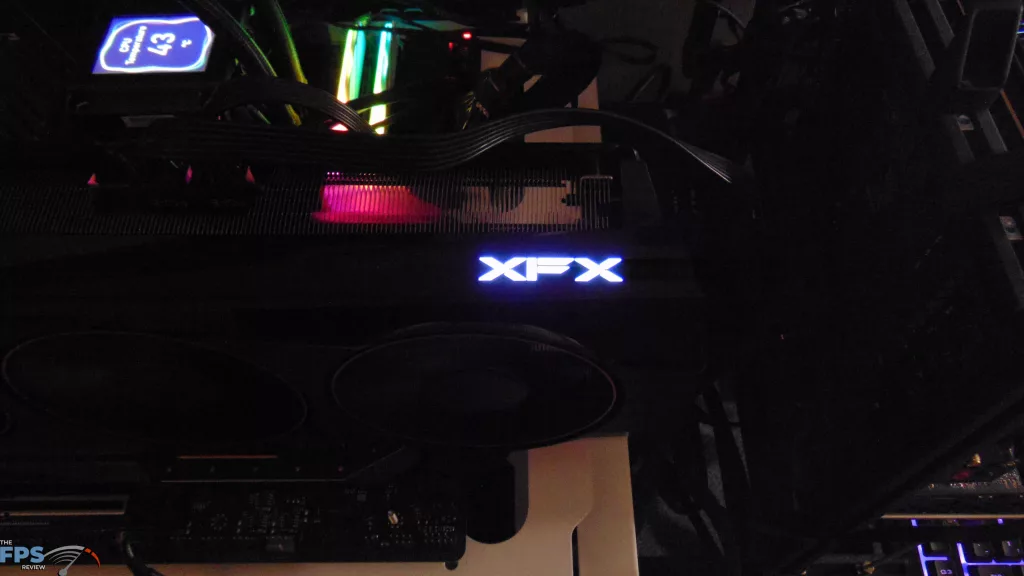
Lighting is tame on the XFX Quicksilver AMD Radeon RX 9070 XT Magnetic Air Edition, with a single LED XFX logo lit up on the video card, otherwise, it is a stealthed out video card.
